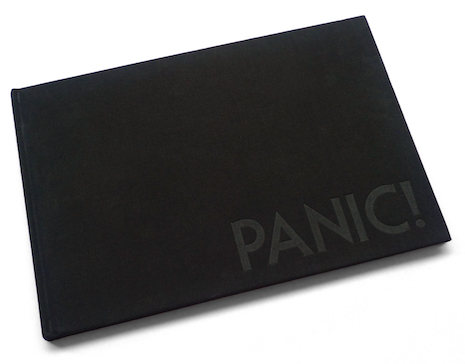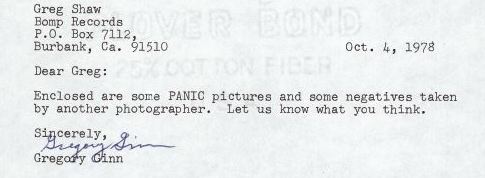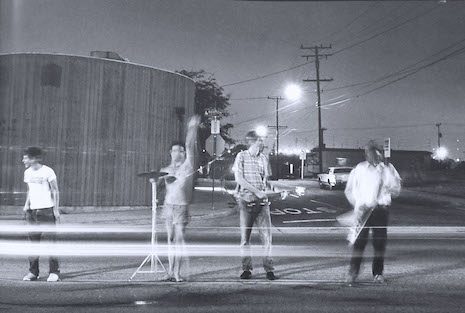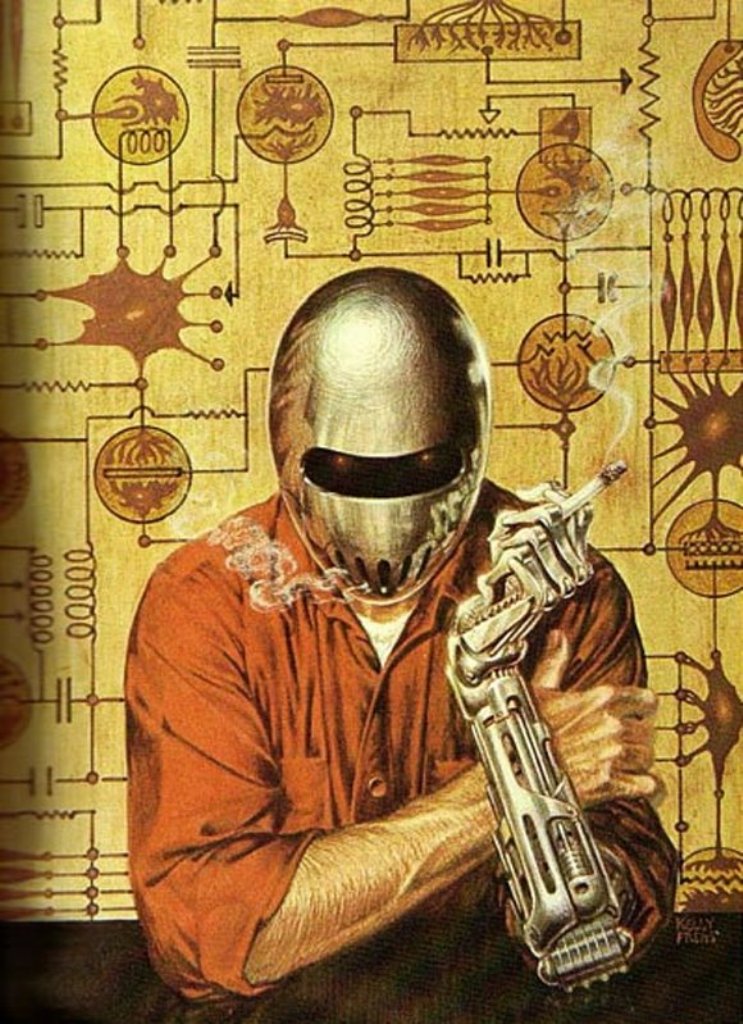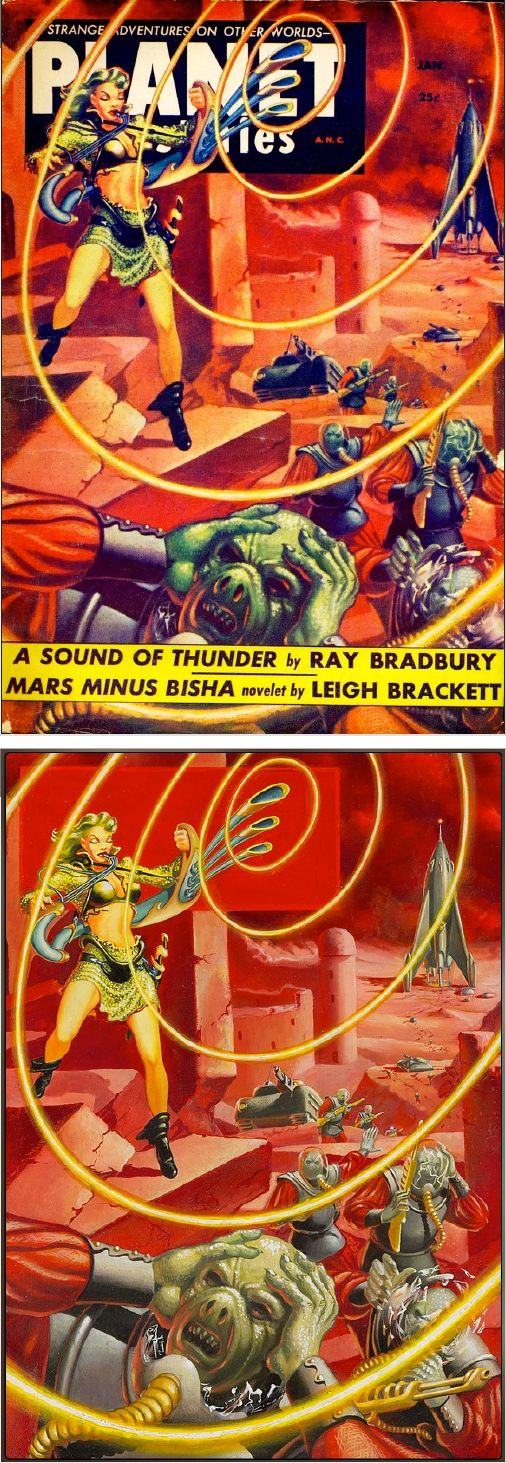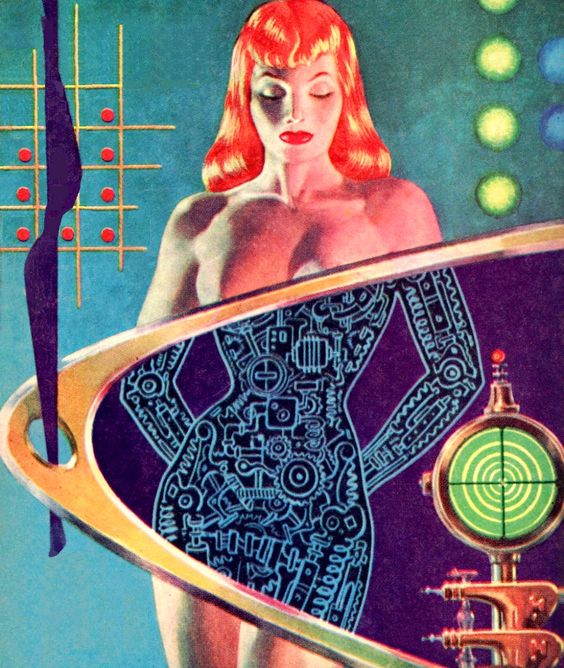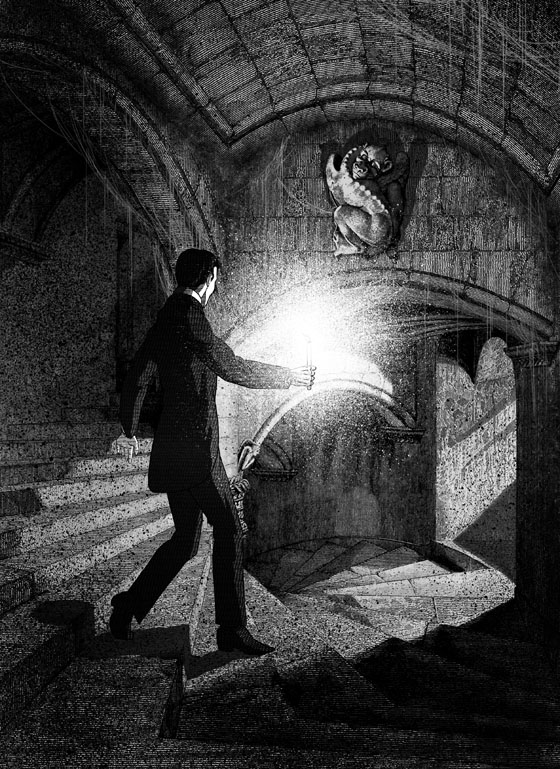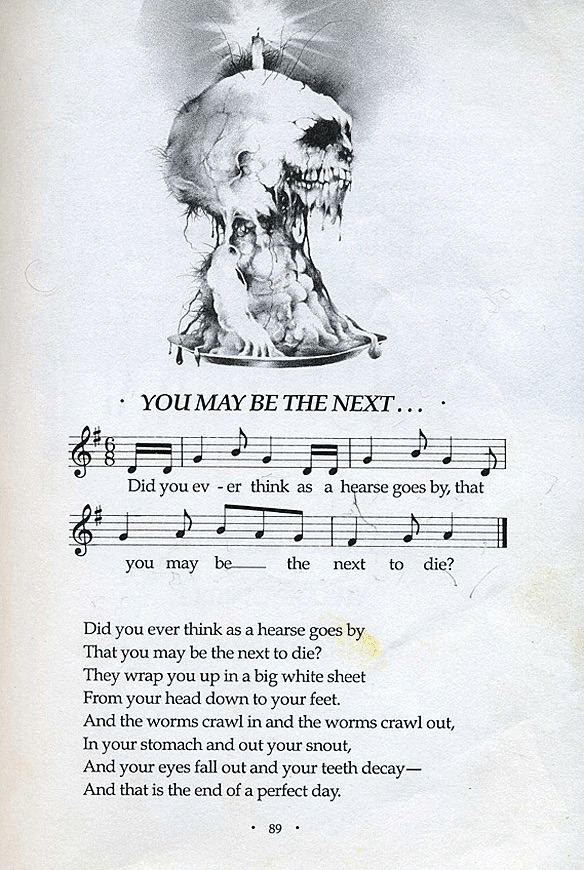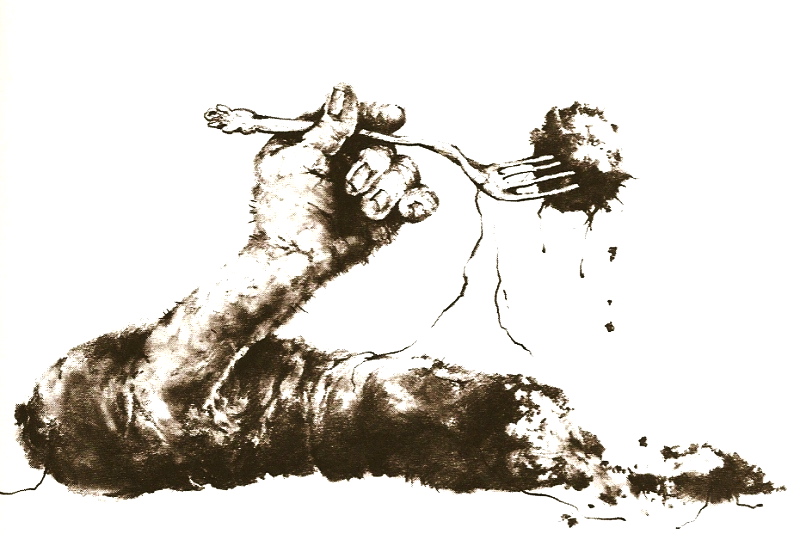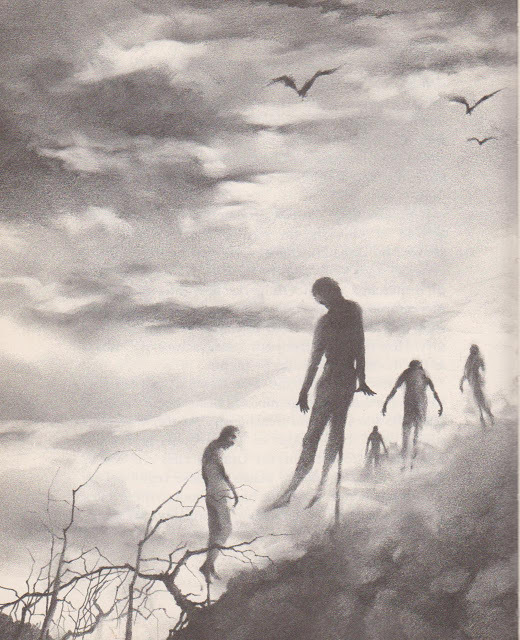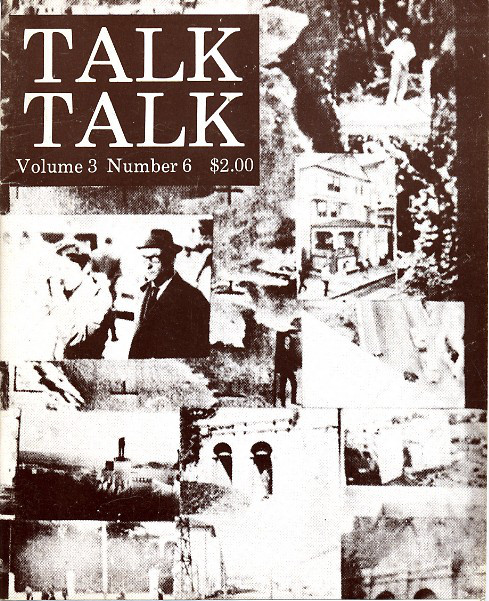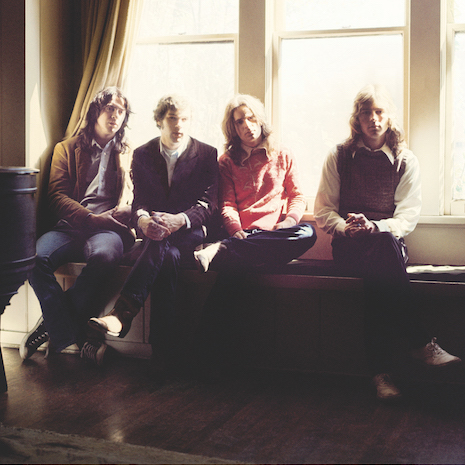
Big Star’s original lineup. L-R: Andy Hummel, Chris Bell, Alex Chilton, and Jody Stephens.
Being a big fan of Big Star, I was excited to receive an advance copy of the oral history book, There Was a Light: The Cosmic History of Chris Bell and the Rise of Big Star . I started flipping through it and was immediately drawn to the story of the Baker Street Regulars. The band existed for a brief period in 1976, and featured two former members of Big Star, Chris Bell and Jody Stephens. Considering this was a seldom discussed part of the Big Star story, I asked HoZac Books if we could run the Baker Street Regulars passages in the book. They not only said “Yes,” but provided us with the majority of the images here—many of which have rarely been seen before. There Was a Light author, Rich Tupica, has even written an introduction just for us.
. I started flipping through it and was immediately drawn to the story of the Baker Street Regulars. The band existed for a brief period in 1976, and featured two former members of Big Star, Chris Bell and Jody Stephens. Considering this was a seldom discussed part of the Big Star story, I asked HoZac Books if we could run the Baker Street Regulars passages in the book. They not only said “Yes,” but provided us with the majority of the images here—many of which have rarely been seen before. There Was a Light author, Rich Tupica, has even written an introduction just for us.
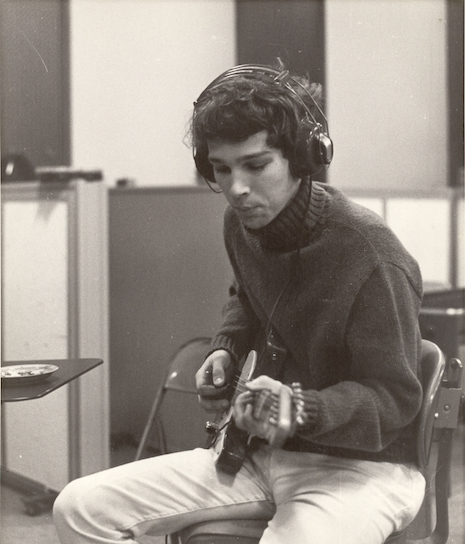
Chris Bell in Ardent Studios, pre-Big Star.
Often overshadowed by his iconic Big Star bandmate Alex Chilton, the genius of the late Chris Bell wasn’t truly uncovered until years after he was tragically killed in a car wreck in December 1978. The 27-year old remained in obscurity until 1992, when I Am the Cosmos, his posthumously released solo album was finally released to much praise.
Today, Beck and Wilco cover the enigmatic songwriter’s works, while members of R.E.M. still praise his work when asked about their favorite bands—yet at the time of his death, Bell was anything but a rock ’n roll legend. After the release of 1972’s #1 Record, Big Star’s debut LP on Ardent/Stax Records, Chris suffered a bout a clinical depression and heatedly exited the Memphis-based group—the band he masterminded from the ground up. He also had a falling out with Ardent Studios owner and Big Star producer John Fry. His life was in shambles and he realized his dream of breaking Big Star into the mainstream wasn’t going to happen.
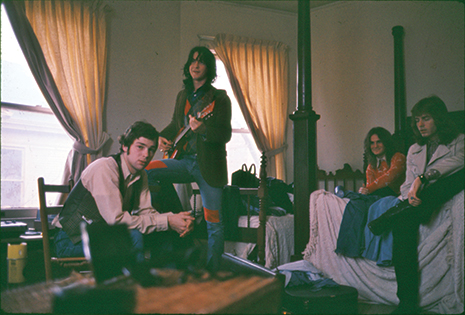
Big Star in Alex Chilton’s bedroom, posing for a ‘#1 Record’ promo photo. (Courtesy of Carole Manning)
With Bell out of the picture, Alex Chilton and John Fry took the reins and kept Big Star going for two more equally acclaimed albums, Radio City and Third/Sister Lovers—but with little financial successes, the band fully dissolved.
Meanwhile, Bell not only became a devout born again Christian, he also attempted to launch a solo career. He even moved to London with his older brother David Bell for much of 1975 and pitched his reels of solo material to any A&R rep who’d meet with them. They were ultimately turned down by every label. By 1976, America’s Bicentennial, Chris was back in Memphis living at his parent’s upper-class estate in Germantown.
For money, Bell flipped burgers at his successful father’s fast food chain, while in the evenings he played as a sideman guitar slinger alongside fellow Memphians Van Duren in a short-lived band called the Baker Street Regulars. The band would never record a single track, but its short list of dates at low key Memphis bars would be the only time a full band would ever play Chris Bell’s solo material in front of an audience.
The following excerpt is a portion of Chapter 20 from the new oral history book, There Was a Light: The Cosmic History of Chris Bell and the Rise of Big Star (HoZac Books), details this transitional period of Bell’s life.
(HoZac Books), details this transitional period of Bell’s life.
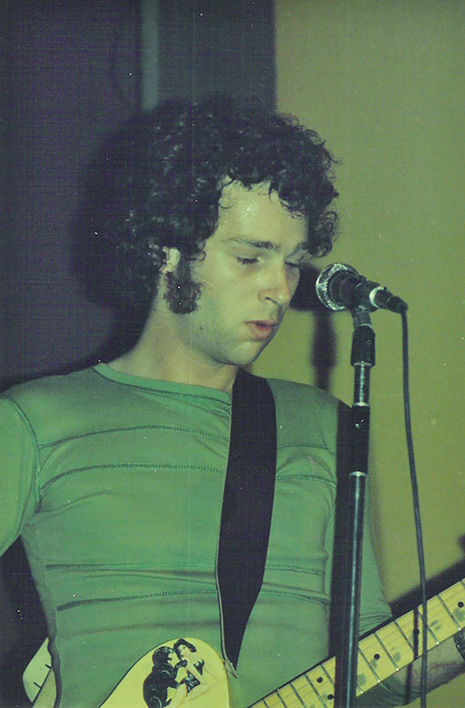
Chris Bell on stage during a Baker Street Regulars gig. (Courtesy of Van Duren)
Chapter 20: Baker Street Regulars: 1976
Within weeks of his return from England, Chris connected with Van Duren and promptly formed the Baker Street Regulars—a Memphis-based bar band named after the Sherlock Holmes characters. The group—which also comprised former Big Star drummer Jody Stephens and guitarist Mike Brignardello—played Van’s and Chris’s original tunes along with some semi-obscure covers. For the first time since his pre-Big Star days, Chris played music just for fun.
Mike Brignardello — Bassist, Baker Street Regulars, Nashville session player: I grew up in Memphis, then hit the road immediately after high school in the early ’70s. I was in a little club band and learning about being a musician, then I came back in the mid-’70s. Big Star had come and gone in my absence, but I heard about them when I got back. They were local heroes, already a semi-cult band. One of the first guys I met when I came back to Memphis was Van Duren. We hit it off and started playing together. He was the guy who hooked us up with Chris and Jody.
Van Duren — Musician, songwriter, solo, Baker Street Regulars: The Baker Street Regulars was the name when the band first started—Chris thought of it. In December of ’75, we started to get together and rehearse, but we had been kicking around the idea of forming a band for months before that. The first time I went out to the Bells’ house, Jody took me over there for our first rehearsal. We turn off down this street and it turned into this winding driveway. You couldn’t even see the house from the street, the property was so huge.
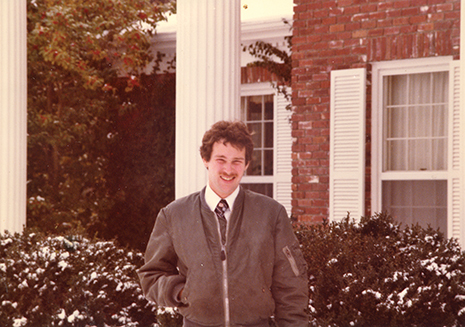
Chris Bell poses in front of his parents’ home, Christmas 1977. (Courtesy of Bell Family Archive)
Mike Brignardello: Chris lived in, to my eyes—at least back in the day—a full-blown mansion. I remember turning down the driveway and driving, and driving, and driving and thinking, “You’ve got to be kidding me! He lives on this estate?” I had grown up as a poor kid in Memphis. He had us set up and play in the living room because his parents were overseas for like a month. I was like, “Who goes overseas for a month?”
Van Duren: Chris was different, obviously upper crust. I come from a blue-collar background, so that was a new world for me. He was from privilege and he acted that way sometimes, but he could also be quite humble. He always had a twinkle in his eye, much like Alex in a way. Sometimes you couldn’t tell if he was putting you on or being serious.
Mike Brignardello: We practiced in a corrugated-metal storage room—it wasn’t insulated or anything like that. We’d just roll the door up on hot, humid Memphis days and rehearse. My girlfriend got that photo of us in there. I thought it perfectly summed up where we were at. We were hungry to play. We sweat through those rehearsals.
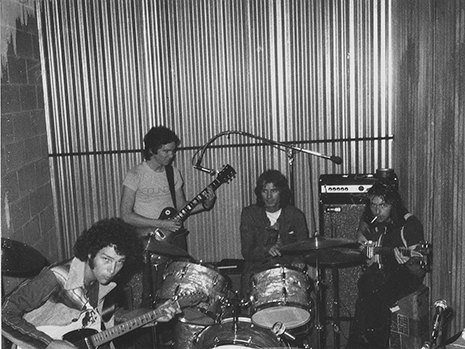
The Baker Street Regulars in the metal storage unit. L-R: Chris Bell, Mike Brignardello, Jody Stephens, and Van Duren. (Courtesy of Beverly Baxter Ross)
Van Duren: It was pretty miserable in that twenty-foot-by-ten-foot mini storage—those things were brand-new in 1976. It was on Lamar Avenue and was the first of its kind in Memphis. One day, Chris showed up two hours late for rehearsal out there. He walks in wearing these tennis togs with the sweater wrapped around his neck and says, “Sorry I’m late, Tommy Hoehn and I had a vision on the tennis courts.” I didn’t know if it had to do with his religious beliefs, or if I was supposed to take him seriously or not. I was a little bent out of shape, but I just laughed when he said that. It wasn’t the first or the last time he was late. He operated on Chris time. Even so, by January of ’76, we were out playing.
The Baker Street Regulars landed shows at now-defunct venues, like Aligahpo’s on Highland Street by the University of Memphis, Procapé Gardens in Midtown on Madison, and the High Cotton Club, just south of Overton Square.
Van Duren: We played those three clubs about three times each, but the first gig was in the springtime in Oxford, Mississippi at Ole Miss at a fraternity party. We did originals and some cover material—but the covers were Beatles, Bee Gees and a lot of fairly obscure things at the time, like Todd Rundgren. We played things nobody had picked up on yet, especially in Mississippi. We threw in my songs, some Big Star songs and a few of Chris’s songs. We’d do “I Am the Cosmos,” “Make a Scene” and “Fight at the Table.” We learned Chris’s songs by listening to what he was calling demos—what later emerged as his solo album. It was a wonderful experience, even though when we played gigs we were pretty much ignored. That’s probably why we didn’t play much in the six months we were together.
Continues after the jump…
